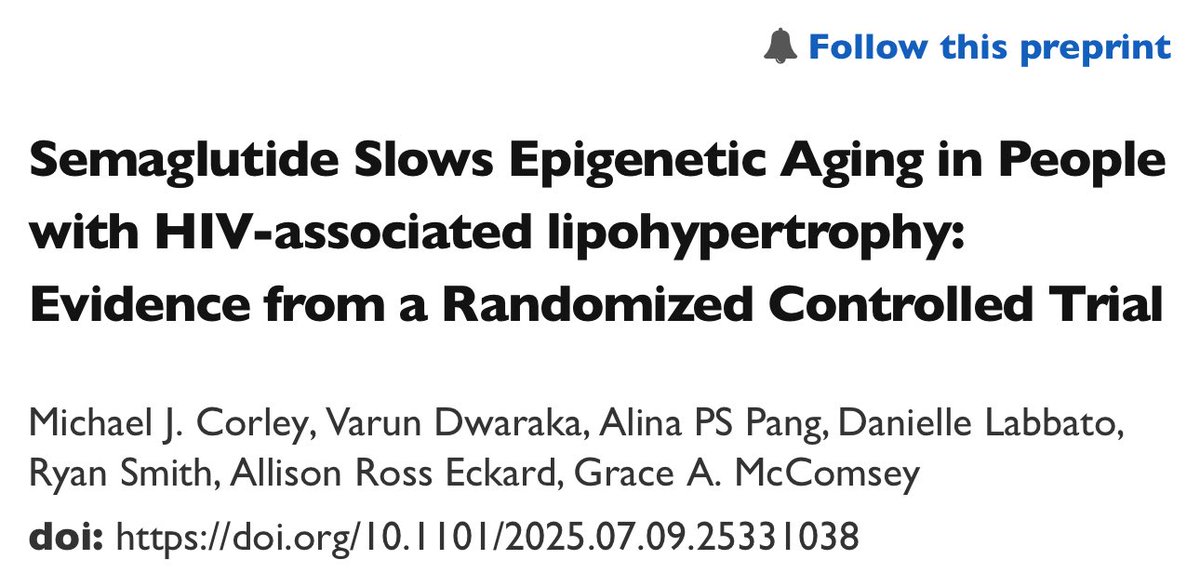The teenager in British Columbia is a preview of what pandemic risk truly looks like 🧵
A single critical case, no clear source, and the absence of a transmission chain.
It’s a script we know too well, and one we’re doing nothing to rewrite.
1/
A single critical case, no clear source, and the absence of a transmission chain.
It’s a script we know too well, and one we’re doing nothing to rewrite.
1/
A single human infected with H5N1, a virus notorious for its catastrophic mortality in avian and human hosts, now lies in airborne isolation, lungs failing, held alive by machines.
2/
2/
The case has already revealed two mutations in the virus.
One making it better at binding to human cells, the other driving infection deep into the lungs.
They are evidence of a virus edging closer to a species barrier it was never supposed to cross.
3/
One making it better at binding to human cells, the other driving infection deep into the lungs.
They are evidence of a virus edging closer to a species barrier it was never supposed to cross.
3/
We’ve been here before.
In 1918, the first hints of the influenza pandemic that would kill tens of millions came not from mass casualties but from scattered cases of “odd pneumonias” in army camps.
By the time scientists identified the pathogen, the virus had already exploded into a global catastrophe.
4/
In 1918, the first hints of the influenza pandemic that would kill tens of millions came not from mass casualties but from scattered cases of “odd pneumonias” in army camps.
By the time scientists identified the pathogen, the virus had already exploded into a global catastrophe.
4/
The epidemiological investigation into this case feels thorough but hollow.
Public health officials have chased every possible lead: testing 34 healthcare workers, 16 close contacts, 25 animals (including birds, dogs, cats, and reptiles), and even wastewater and sediment from the teenager’s home.
Every test has come back negative.
No family members or contacts have shown symptoms.
No animals have been infected.
Even the dog recently adopted by the family (a rare possible bridge for avian flu) was cleared.
Yet the virus had to come from somewhere.
4/
Public health officials have chased every possible lead: testing 34 healthcare workers, 16 close contacts, 25 animals (including birds, dogs, cats, and reptiles), and even wastewater and sediment from the teenager’s home.
Every test has come back negative.
No family members or contacts have shown symptoms.
No animals have been infected.
Even the dog recently adopted by the family (a rare possible bridge for avian flu) was cleared.
Yet the virus had to come from somewhere.
4/
The closest match is a strain found in wild cackling ducks sampled in October.
But it’s not an exact match, which means an intermediary host remains unidentified.
That missing piece is what should terrify us.
Somewhere, out there, the virus continues its work: infecting, mutating, experimenting.
The longer we go without identifying its path to the teen, the clearer it becomes that this is no isolated incident.
This is spillover in action, a virus exploring the boundaries of human susceptibility.
5/
But it’s not an exact match, which means an intermediary host remains unidentified.
That missing piece is what should terrify us.
Somewhere, out there, the virus continues its work: infecting, mutating, experimenting.
The longer we go without identifying its path to the teen, the clearer it becomes that this is no isolated incident.
This is spillover in action, a virus exploring the boundaries of human susceptibility.
5/
The parallels to 2009’s H1N1 pandemic are interesting.
That strain also began with isolated cases and no clear origin before igniting a global pandemic.
But H5N1 is no seasonal flu.
This is a virus with a mortality rate hovering around 50% in known human cases.
Even without efficient human-to-human transmission, it has already proven its ability to kill.
The two mutations identified in this case make it clear the virus is evolving to infect humans more effectively.
It’s a question of when, not if, it gains the ability to spread.
6/
That strain also began with isolated cases and no clear origin before igniting a global pandemic.
But H5N1 is no seasonal flu.
This is a virus with a mortality rate hovering around 50% in known human cases.
Even without efficient human-to-human transmission, it has already proven its ability to kill.
The two mutations identified in this case make it clear the virus is evolving to infect humans more effectively.
It’s a question of when, not if, it gains the ability to spread.
6/
The teenager’s case began with conjunctivitis, a symptom so mundane it’s rarely flagged as serious.
But it didn’t stop there.
The virus moved downward, infecting the lungs, causing the kind of acute respiratory distress that only a ventilator can manage.
It’s likely this wasn’t the first time H5N1 touched human tissue: just the first time it didn’t stop at the surface.
How many similar cases ended in mild symptoms or went undiagnosed entirely?
Surveillance systems are reactive, built to confirm infections we already suspect.
They don’t catch what they’re not looking for.
7/
But it didn’t stop there.
The virus moved downward, infecting the lungs, causing the kind of acute respiratory distress that only a ventilator can manage.
It’s likely this wasn’t the first time H5N1 touched human tissue: just the first time it didn’t stop at the surface.
How many similar cases ended in mild symptoms or went undiagnosed entirely?
Surveillance systems are reactive, built to confirm infections we already suspect.
They don’t catch what they’re not looking for.
7/
The “good news” rings hollow.
No onward transmission has been detected, but that doesn’t mean the virus isn’t spreading undetected.
Testing wastewater at the teen’s school revealed nothing, and they weren’t attending while infectious.
But viruses like H5N1 don’t need to spread widely today to evolve into something unstoppable tomorrow.
8/
No onward transmission has been detected, but that doesn’t mean the virus isn’t spreading undetected.
Testing wastewater at the teen’s school revealed nothing, and they weren’t attending while infectious.
But viruses like H5N1 don’t need to spread widely today to evolve into something unstoppable tomorrow.
8/
The real danger isn’t just the mutations we know about.
It’s what we don’t see.
Each infection is a laboratory for viral evolution.
9/
It’s what we don’t see.
Each infection is a laboratory for viral evolution.
9/
The pandemic risk is staring us in the face.
We have no universal flu vaccine.
We have surveillance systems that function like smoke detectors with dead batteries.
And we have a world unwilling to imagine that the next pandemic won’t wait for us to catch up.
10/10
We have no universal flu vaccine.
We have surveillance systems that function like smoke detectors with dead batteries.
And we have a world unwilling to imagine that the next pandemic won’t wait for us to catch up.
10/10
• • •
Missing some Tweet in this thread? You can try to
force a refresh








